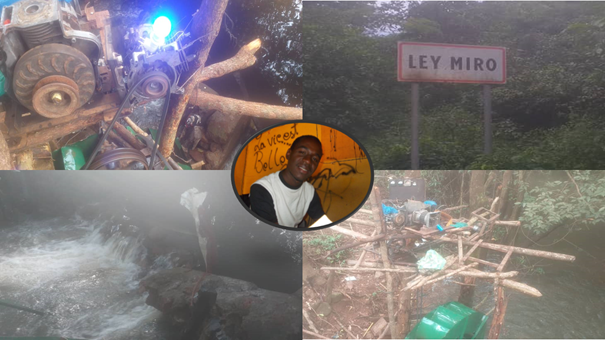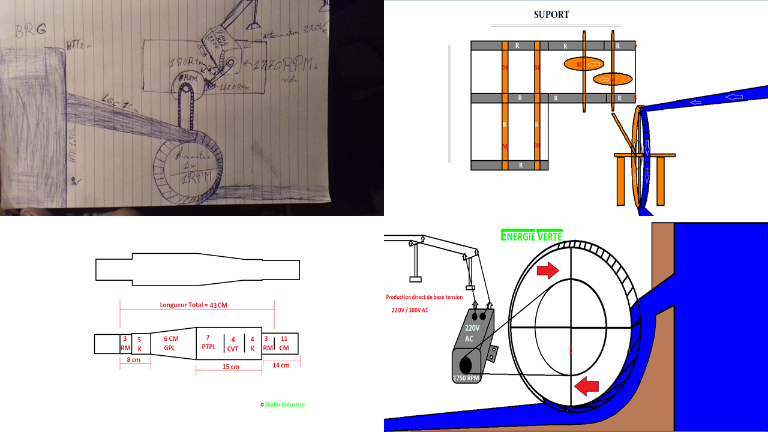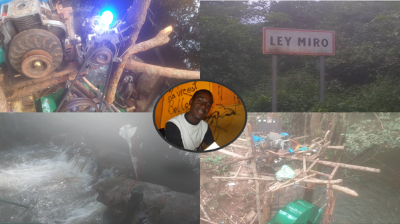Tapping into Guinea’s potential for hydro power
A young self-taught engineer turns a waterfall into electricity for his neighbours.

In Guinea, 75% of people do not have access to electricity. The citizens of this country must rely on batteries and fuel to light their homes and access the internet. This is the reality for the village of Ley Miro, located 100 kilometres from Pita, the closest major town. For residents of Ley Miro, the journey to purchase batteries and fuel from the nearby town is long, difficult and expensive. Residents often go without electricity for days or weeks at a time.
Mamadou Saliou, a young-self taught engineer, came up with a resourceful solution to his village’s problem. It started when he began regularly visiting cyber cafés and became entranced with the world of computers and electronics. Before long, he became a computer and phone maintenance expert which gave him a source of income and provided him with experience in engineering and mechanics.
Asking himself what could he could do for his village and his country, he began sketching ideas for electricity generation to improve living in rural areas.

This innovator drew diagrams detailing how a hydroelectric dam could harness the power of waterfalls. In the diagrams, water spins a large wheel and transfers power to an induction motor. The power then gets stored in a generator. Using his savings, Saliou brought his vision for a micro dam to life. He originally built the dam out of concrete, but soon switched to flexible wood scaffolding that can withstand water pressure over time.

Saliou sells the electricity to his neighbours, giving them a more affordable and convenient option than travelling to surrounding towns to buy fuel. This innovator’s micro dam produces 50kw per day which powers over 20 homes.
With more resources, he believes that his dam could be upgraded to generate 250kw per day and power over 100 homes, providing round-the-clock electricity to more people in his community.
Saliou’s solution addresses the following SDGs: No Poverty (1), Affordable and Clean Energy (7), Decent Work and Economic Growth (8) Industry, Innovation and Infrastructure (9), and Sustainable Cities and Communities (11).
Meet the solution owner
